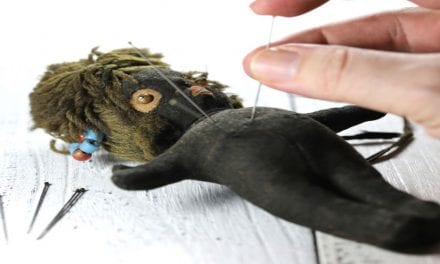What kinds of conversations do you have with your residents and their families about end of life issues?
In an article titled “How CPR Became So Popular” at Atlantic Monthly on November 4, 2013 this story is told:
“One geriatrician, who cared for elderly patients in a long-term care facility, wrote that 36 of his 40 patients (whose average age was 87) told him that they wanted CPR. This confused him until he found that they did not understand the low likelihood of benefit and the potential downside of CPR.”
Particularly since the Frontline article on Assisted Living, I have spent a lot of time thinking about and talking to people about acceptable risk, a topic that I believe does not get enough air time in our industry and with residents and family members. In a later article I will spend more time specifically on this topic. Today I want to spend a little time talking about CPR and Advanced Directives.
How Good is CPR?
This is an important question and critical to how we approach the issue with our residents and their families. For young people, CPR can be very good, in some studies and in some circumstances it can be life saving more than 50% of the time. For the elderly it is terrible. Some studies have shown that it virtually never saves a person’s life to the point of returning to a decent quality of life. When CPR is done on seniors it is a given that, at a minimum, ribs will be broken. Most won’t survive but will, in their last moments of death, be subjected to a brutal physical assault on their naked chest. Somewhere between 25% and 50% of those who do survive will have permanent, significant brain damage. Virtually all who survive will endure intense pain for days, weeks or months, usually until their death. It is a brutal, inhumane, undignified way to leave this world. In addition it is often frightfully expensive, usually to taxpayers, to provide care to these poor individuals.
Our Duty
I wish physicians, friends and clergy would spend serious time talking about end of life medical interventions and options, but often they don’t. I am convinced that we need to have these conversations with our residents and with their families. It should look something like this:
- They need to start with a discussion about what it means to have a life well lived and what quality of life looks like. Often it needs to be a time of glorious storytelling about the resident’s life, exploring times of joy and happiness.
- There needs to be a discussion about the options residents and their families have with respect to end of life decisions. This means a discussion about the brutality (in very gentle terms) of CPR; a discussion about hospice and palliative care. There ought to be some discussion about funerals and burial and cremation.
- While (in my opinion) it is fine for you to express what you would do (or not do) when making end of life decisions, you cannot pressure someone into choosing what you think they should choose, likewise it is also unfair to withhold information or to over dramatize either positive or negative outcomes.
- Families and residents should be encouraged to have conversations among themselves, with their medical professionals and with their religious leaders about these issues.
- We need to encourage people to put their wishes in writing. We should not assume someone else has or will do this.
Having these difficult sensitive conversations can be one of the most import things we can do for our residents. How do you handle these conversations? Steve Moran If you like this article it would be a great honor to have you subscribe to our mailing list HERE.








